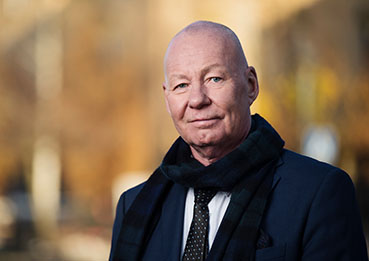In practice, the model means that the funds allocated by the government and the parliament for universities to conduct education and research are returned to the state through the surplus profits generated by the rental model.
Right now, we are stuck in an economic stranglehold that effectively sucks the energy out of the universities’ activities, as I wrote about in a post https://www.kth.se/blogs/president/2024/05/enough-is-enough/ a few weeks ago. But, for the reform-minded and progressive politician looking for a basis to shape a new solution for premises provision, there are several ways to go.
One relatively simple measure that should be implemented immediately is to change the ownership directive for Akademiska Hus so that a cost-based rental model replaces the current market-based model. A variant of this change is to retain market-based rents but to return the funds received from state-owned Akademiska Hus back to the higher education policy area within the framework of the government budget.
A variant of this change is to retain market-based rents but to return the funds received from the state-owned Akademiska Hus back to the higher education policy area within the framework of the state budget. One of these two measures needs to be implemented immediately, no later than the 2025 budget, to ensure that the university sector is not forced into the abyss of eroded funding and increased rents. At the same time, the rent increases of recent years should be compensated through targeted funding for universities and colleges.
In the longer term, the entire current model should be scrapped. As long as authorities cannot own their own properties, the properties currently owned by Akademiska Hus should be transferred to foundations linked to the respective higher education institutions, which should also have control over the foundation’s operations. In this way, rents can be set either on a cost basis or in line with the market, with surplus profits being returned via the foundation controlled by the university.
I realise that those who are against change can find many arguments against change, but I am equally convinced that those who want to see change can find their way through the regulations so that we can have a reasonable and business-like model for managing the accommodation needs of universities. It is time to address this. It is time for responsible politicians to recognise what is currently the greatest threat to the universities’ activities and, by extension, to the supply of skills for Swedish society and for the country’s long-term competitiveness.

